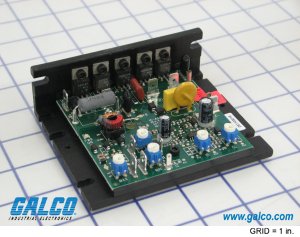- Joined
- Mar 14, 2013
- Messages
- 736
No, some boards if you shut the A/C input off with ,say the pot set at 1/2 way, and turn the power back on, it will not run till you dial it down to Zero, and back up. My merrimac board , that came off a tread mill, on my drill press is like that.I think you would want a switch to power off on the AC in so that nothing is energized when it's "off". The speed at start-up will be wherever the pot is set to. If the pot is set half-way when you turn it off, and it has not been moved, then when you power it back up, it should go to the speed that it was with the pot at half-way. There is no need for a speed sensor unless you want to measure the speed, but it's not required to run the unit, that was just needed when it was living as a treadmill.
Now the KBIC 120 boards I have, will start where ever you shut them off.


